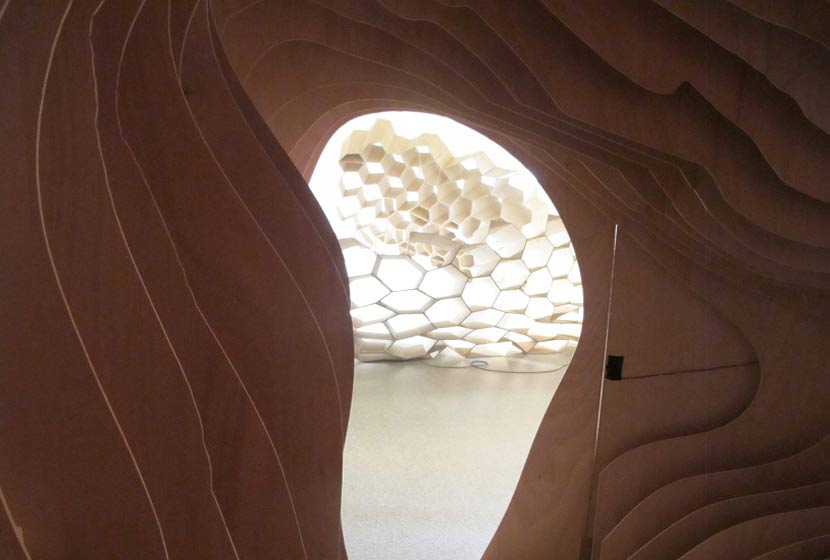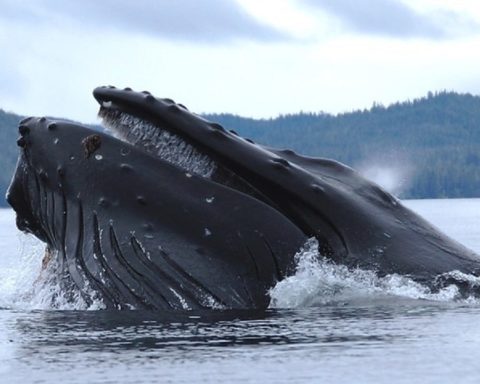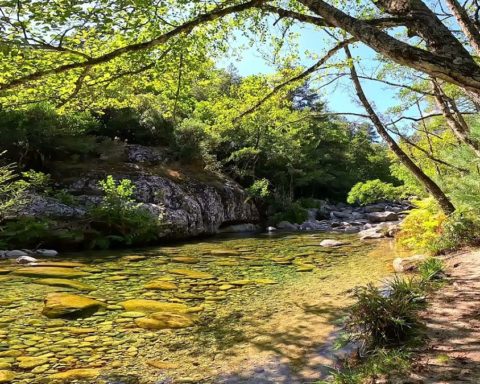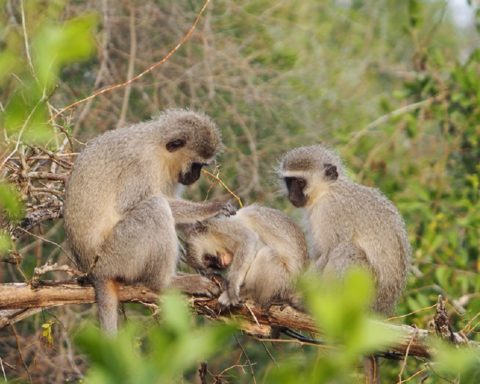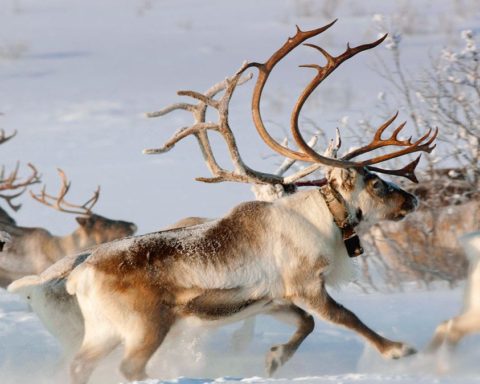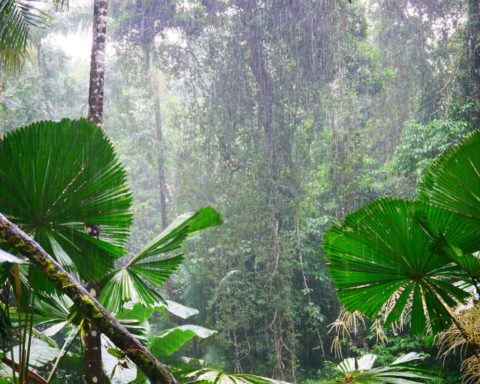Half the sounds of nature have disappeared in fifty years. However, resistance fighters are taking care to listen, record, preserve and broadcast the endangered sounds. This is why, according to the terraeco.net article.
How many natural sounds do you hear every day? How long has it been since a nice noise interrupted your daily routine to tickle your ear? These are extremely difficult questions for many of us, as our sound environment is so poor. For experts on the subject, the diversity that reaches our ears has collapsed in the last half century. In his book "The Great Animal Orchestra" (Flammarion, 2013), the American musician Bernie Krause even delivers - thanks to an estimate based on the "15,000 or so animal species" and "4,500 hours of natural ambience" he recorded - the chilling fact that 50% of the sounds of nature have disappeared in fifty years.
 To change records, we have listened to the "resistants" of acoustics, those who try to preserve and safeguard our auditory heritage. What do they have in common? Armed with recorders as well as patience, they travel the world in search of endangered sounds.
To change records, we have listened to the "resistants" of acoustics, those who try to preserve and safeguard our auditory heritage. What do they have in common? Armed with recorders as well as patience, they travel the world in search of endangered sounds.
In this large family, sometimes called "acoustic ecology", we first find sound hunters, such as Bernie Krause, who started in the late 1960s what was to become a huge encyclopedia of the "great animal orchestra". In his albums and on his website, he disseminates rare sounds, such as this song of the whales in Alaska.
But not everyone is looking for the exotic or the rare. "There are many different types and styles of recordings. Audio-naturalists record the sounds of nature, the ethnomusicology movement collects traditional music, and there are also many artists and musicians who use sounds as composition material.says Alexandre Galand, Ph.D. in history and author of the fascinating book: "Field recording: the world's use of sound in 100 albums" (Le mot et le reste, 2012).
Stop and listen
The sound artist Eric La Casa refuses even to distinguish between, on the one hand, the noble and interesting sounds to be picked up and, on the other hand, the sounds to be avoided: "I try not to categorize like that, otherwise you miss out on a lot of things. I'm just trying to be attentive to all the sounds of a territory, not just the one that makes the most noise. The most important thing is this listening process. For that, you just have to stop at a place and listen. It's easy to say, but it's already huge. Very few people do it. »
Clearly, the sound that is worth preserving and listening to is the one that requires an effort of attention to be heard. Marc Namblard, a naturalist and audio-naturalist guide, also invites the people he guides to listen: "I supervise outings in nature during which I plan moments of listening to landscapes, nature and even silence. You realize that there is always something to hear. For example, in certain conditions, such as a quiet forest without a river, you can sometimes hear ants walking on leaves. People's reactions vary greatly, but some people realize that they are not used to listening to sounds that are of no use to them. »
Just as naturalists prefer to preserve endangered species in their natural habitat, acoustic ecology is not about isolating the sound of an animal, but about listening to and recording "soundscapes" - a concept coined by the Canadian composer and ecologist. Raymond Murray Schafer - whole. Eric La Casa describes his very long recording sessions to achieve this goal: "I'm fairly lightly equipped, so I'm mobile. I try to move around to follow the event and the sound fact that interests me and try to capture the whole landscape. I'm looking for meaning as I go along, but I don't understand everything. What I am listening to is beyond me. You also have to know how to wait. Waiting means putting yourself in a certain disposition, while not knowing how far it takes you. It's pretty intense, actually. I now recognize waiting as a very important moment in my life. »
In this video, recorded on January 11th, 2010 during Sound Week 2010 at the refectory of the Cordeliers Convent in Paris, R. Murray Schafer explains his journey and the evolution of urban soundscapes over the last 40 years.
Mexican cicadas
Jérôme Sueura lecturer at the Muséum national d'histoire naturelle, also listens in on biodiversity. But his experiments require several dozen microphones, spread over very large plots of land and over several weeks: " Scientists have been interested in animal sound behaviour since the post-war period. The difference today is that we no longer study a single species, but groups of species that together form a soundscape. We're trying to understand how they share the soundscape. The results are very surprising. There are things that everybody has already seen. For example, that birds start to sing when the sun comes up. But you realize that in the apparent cacophony, each species uses a particular frequency channel, just like radio stations. We also see some very peculiar examples, such as a species of Mexican cicadas that only sing for ten minutes a day.he notes. By making these sound maps, scientists hope to understand and track the evolution of species and their habitats over the very long term.
And these sound cards aren't just for professional microphones. Amateurs and enthusiasts are also trying to make them. At least two projects of international scope propose to map noise around the world. The first one, Nature Sound Mapfocuses on the sounds of nature. You can listen to the giant mosquitoes of the Amazon and those of a Breton forest. The more complete Aporee project brings together tens of thousands of recordings of all types. We listened to the sound of the port of Dunkirk and that of a cat screaming in a Burmese temple in Mandalay.
How about you?
Thibaut SCHEPMAN - June 2014
Courtesy of terraeco.net (www.terraeco.net)
Photo : architectural installations " Acoustic rooms " ENSAG 2012

